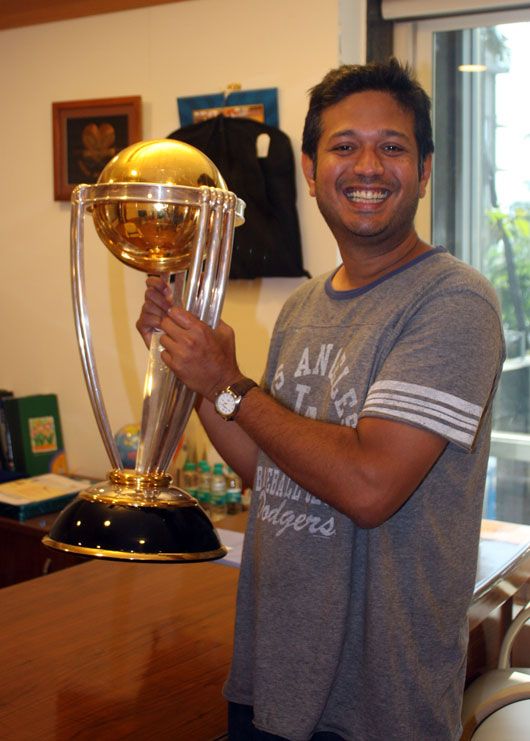Remember we told you that The Big Bang Theory’s Kunal Nayyar is producing an Indian film based on the 2011 World Cup win? The LA-based director, Sushrut Jain, has written all about his experience and struggle making a documentary in India. Read on for this fascinating behind-the-scenes look at what goes into creating a film.
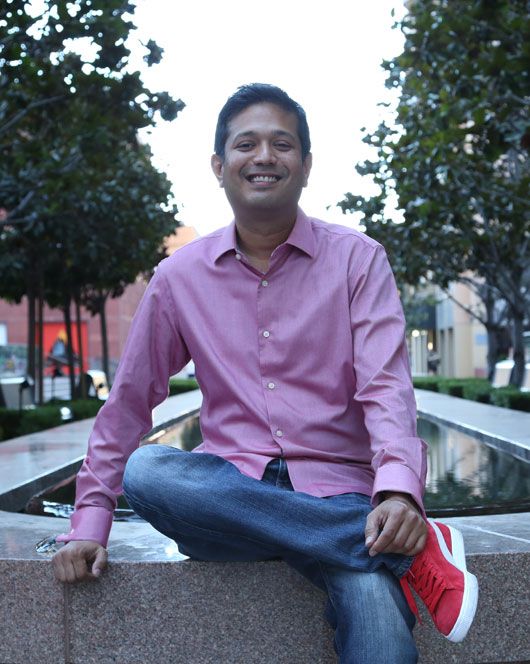
The biggest challenge in making independent films, in India or anywhere else in the world, is money. Assuming you have a great idea for a documentary, or a great script for a fiction project, money is often said to be the biggest hurdle. When I decided to make my feature-length documentary about the passion for cricket in India, I was just a guy with an idea sitting in an apartment in Los Angeles. The idea was an ambitious one – to find multiple stories of people in India for whom cricket was a central driving force and capture the frenzy all over India around the 2011 World Cup of Cricket and do so in a way that said something meaningful about the country.
Having nothing but the power of an idea, I decided to raise money using the Internet crowd-funding model – Indiegogo and Kickstarter. I reached out to everyone I knew from my days in high school, college, graduate school, and every job I’d ever had. I used Facebook, Twitter, and picked up the phone and told people about my Indiegogo fundraising campaign. I put together a short appeal video describing the idea. The campaign raised enough money to allow me to go to India with an American classmate from USC film school who signed up to be the cinematographer of the film; hire a crew made up of a bunch of young Indian guys from local film schools who were excited to work on a cricket film; and rent equipment. We researched by going to cricket grounds, calling reporters, and interviewing cricketers and coaches all over Mumbai until we found the three people around whom we centered our film.

The film follows Sudhir Kumar, a 30-year old homeless, penniless cricket fan who for the past ten years has traveled the country on bicycle attending every India cricket match; Akshaya Surve, an 18-year old girl living in a Dadar chawl who plays cricket in Shivaji Park with the dream of making it through the Mumbai Girls’ cricket selection; and Prithvi Shaw, a 12-year old cricket prodigy breaking all the records in Mumbai school cricket.
We shot nearly every day for four months all over India – Mumbai, Bangalore, Kolkata, rural Maharashtra, Bihar, Jharkhand and Karnataka. We did this on a shoestring budget, everybody working for low pay, staying in bad hotels, and eating cheap food. We managed to get some incredible footage and capture in all their glory the amazing stories of our three characters.
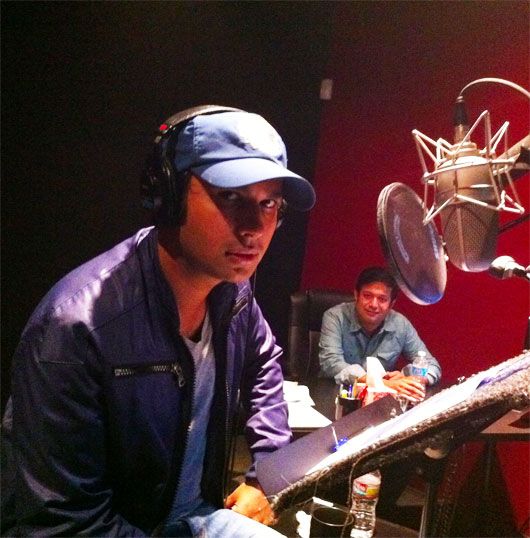
I came back to Los Angeles with 200 hours of footage and no money. I reached out to actor Kunal Nayyar from the hit TV show, The Big Bang Theory, to do the narration for the film. He watched the trailer we had put together, and fell in love with the idea. After watching some more footage, he decided that not only would he do the narration for the film, he would help me raise the funds I needed to do the remainder of the post production in the US. We launched another crowd-funding campaign, this time on Kickstarter, with Kunal appearing in a video making a plea to his huge fan base worldwide to make small donations to help fund the film. We offered rewards to his fans for donating: a signed photo of Kunal for a certain level of donation, or a thank you phone call from Kunal for a higher amount. We raised the money we needed and finished the film. We managed to convince some incredible Hollywood folks to work on the film including the people who composed the score for Pirates of The Caribbean – who offered their services for a low fee because they loved the film. The film premiered at the Dallas International Film Festival in April 2013 and the next week it played at the Indian Film festival of Los Angeles (IFFLA). At IFFLA, the film won both the Audience and the Jury Awards for Best Documentary Feature. It is now playing as an official selection at the Mumbai Film Festival.
The next challenge is getting the film distributed and shown to a large audience. The challenge of getting a documentary distributed in India, even one that captures the most powerful moment in the country’s sporting history – India’s World Cup cricket win – is massive. There is an aversion to realism in cinema in India that runs deep, and documentaries are generally, and often inaccurately, believed to be boring and didactic. Meanwhile, in the West, there is a surge in interest in documentary cinema in the past decade because there is a renewed desire among audiences to see the world for what it really is.
The lack of success of realist cinema in India is somewhat understandable. Socio-economically, India is a highly stratified country. The bottom three quarters of society, economically speaking, are engaged in an intense daily struggle for survival, and when they go to the movies, they look for an escape from the drudgery of their lives. Meanwhile, the upper and aspiring classes of Indian society are getting richer by the day and are part of an India that is fast entering the 21st century. The members of these privileged and aspiring classes want very much to be considered a part of the developed world and find unpalatable portrayals of India that show the poverty of the masses.
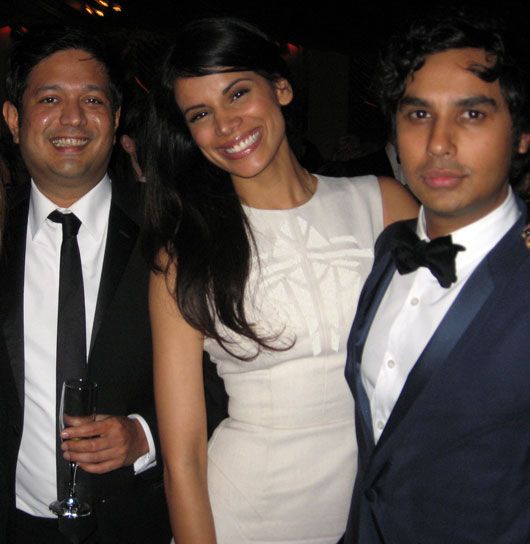
But as artists, the truth is paramount. It is an artist’s duty, in my opinion, to create art inspired by and out of the reality of the world around him or her. I am a strong proponent of a humanist cinema, one that tells the stories of average Indians, capturing the drama and beauty of their lives with honesty. Such cinema doesn’t have to hit you over the head with some political point of view, it simply has to be authentic.
In my documentary, Beyond All Boundaries, we did our best not to editorialize, but instead to allow the subjects of our film to tell their own stories as they saw them. In the case of Akshaya, the fact that she and her mother lived on $4/day in slum-like conditions and shared a room smaller than a prison cell was simply a fact of her life. In her personal narrative, she was more interested in playing cricket, talking about cricket, and dreaming of making it as a cricketer so she could someday buy her mother a house. Neither the film nor Akshaya whine about her economic condition but we do not shy away from the central facts of her life either.
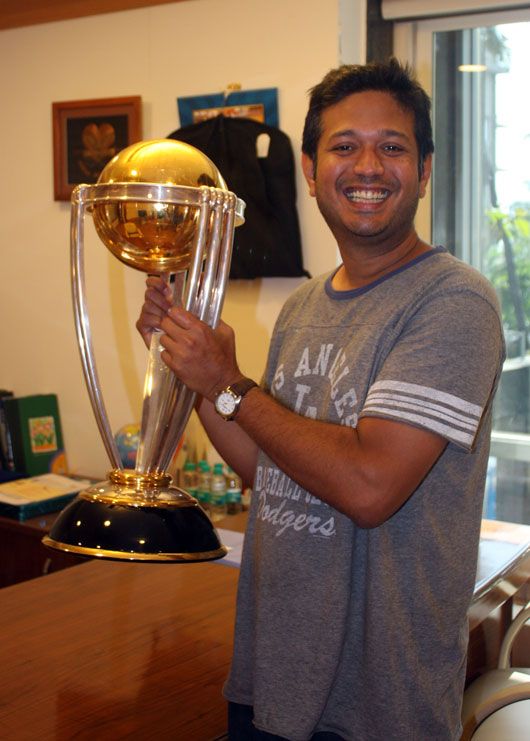
Seeing her as a human being and not a statistic of poverty allows the audience to then engage with this rather fascinating, bright young woman and follow the drama of her training leading up to the Mumbai Girls’ Team tryouts in which she competes to attain her cricketing dream. Her story is riveting, it is authentic, and it is representative of the larger human picture in India.
The need for realism in Indian cinema is great because in order for there to be change, there has to be awareness. The more we sweep under the rug the realities of the lives of the majority of our fellow countrymen, the more we do them a disservice and the harder it will be for any kind of political or social change to happen. I aspire to continue to make films, both fiction and documentary, that look reality hard in the face, never forgetting the humanity of the people we depict.

